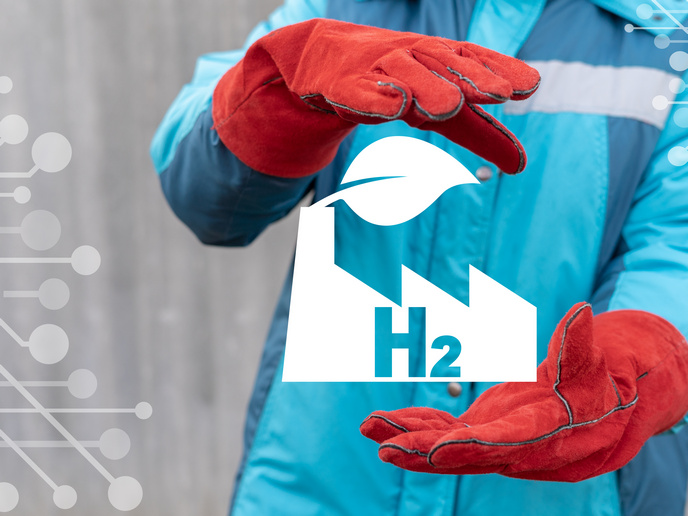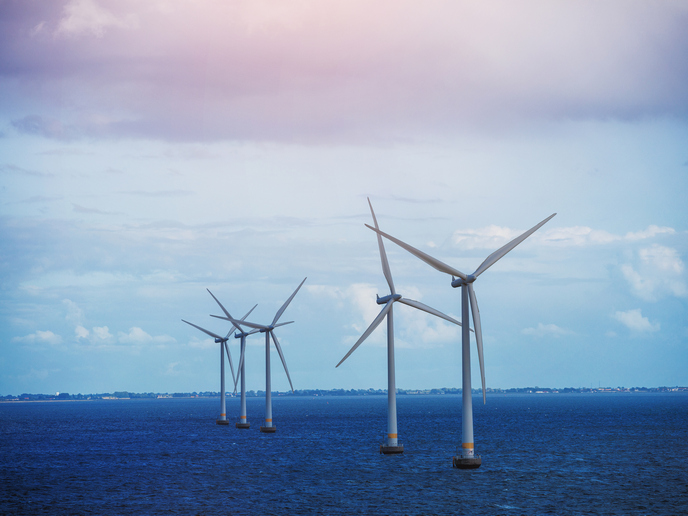Cables that can stand the wet
The EU has a binding target of 20 % renewable energy consumption in 2020, and offshore wind energy has the greatest potential to help achieve this target. The next-generation wind turbines will have to be situated 40 km out at sea and at depths up to 80 m. Submarine cables either run individually across the sea or a subsea hub provides a connection point. From there on, a single, higher-voltage transmission cable runs to the shore, transmitting power. However, cable inspection and maintenance at great depths are difficult. In addition, it is necessary to increase the transmission voltages given that larger conductors are heavier and more expensive. The EU-funded WETMATE (WETMATE - A 33kV subsea wet-mateable connector for offshore renewable energy) initiative addressed technical cabling challenges associated with wind farms moving to deeper water and farther out at sea. WETMATE worked to develop a high-integrity 33 kV wet-mateable connector that can withstand high hydrostatic pressures. The researchers designed it to be affordable and cheap to operate. The project team equipped the cable connector with monitoring features to improve subsea cable detection and allow preventive maintenance. The researchers were therefore able to eliminate routine maintenance at greater depths, presenting a major improvement in power infrastructure management. Researchers initially examined the balanced detection method to locate partial discharges (PDs), which cause current spikes, in the cable. They developed and tested environmental and PD detection circuit sensors. Partners also produced prototype circuit boards to test energy scavenging, environmental sensing and PD detection. WETMATE first intended to use optical fibre within the cable to send information about the state of the connector back to the shore. The team opted to use an ultrasonic modem between the connector housing and the energy convertor at the surface as it is more efficient. The project's connector will help boost performance and increase reliability of high-voltage submarine power links. The solution is also supporting the European strategy for sustainable, competitive and secure energy supply.
Keywords
Offshore wind farms, renewable energy, submarine cables, WETMATE, subsea, wet-mateable connector







